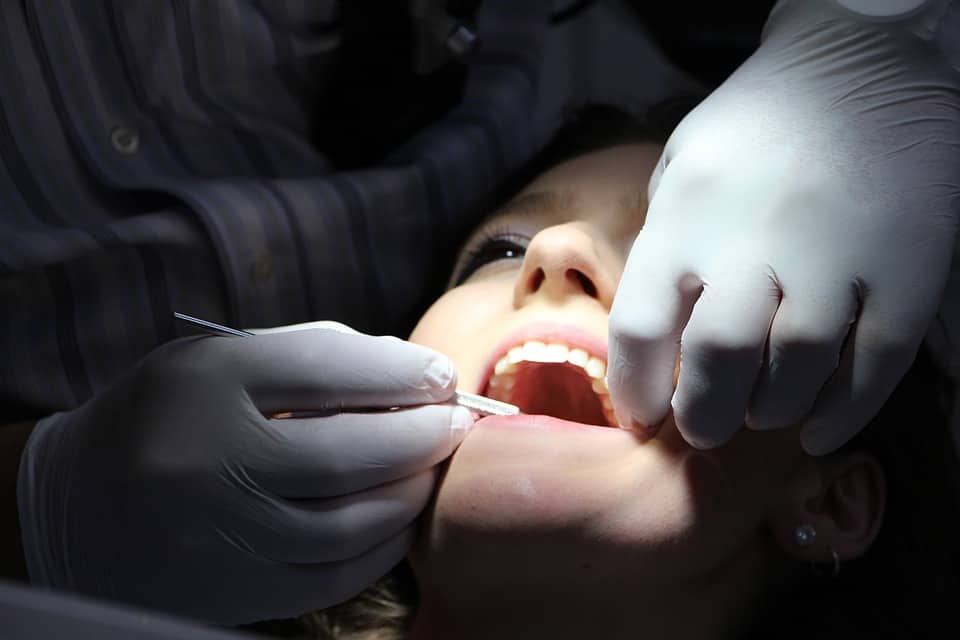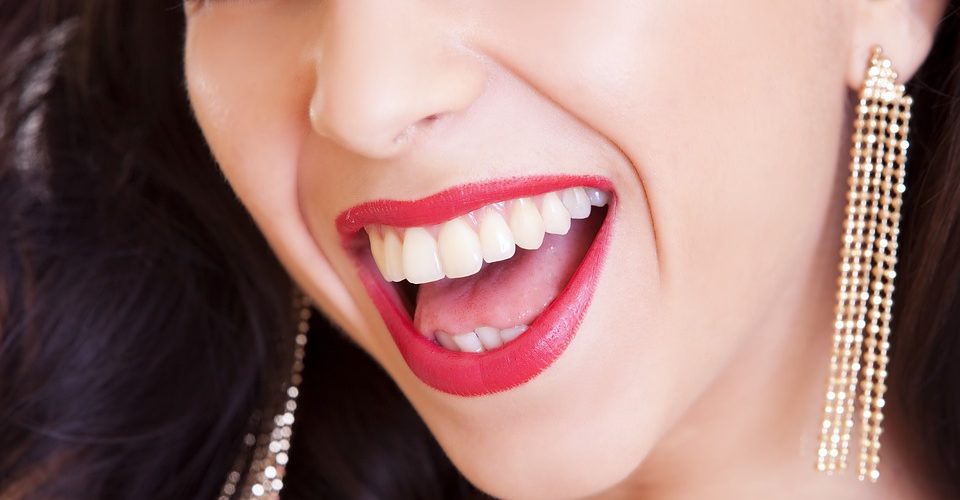By Jody McCutcheon
From X-rays and mercury-based amalgam fillings to fluoride treatments and tooth bleaching, the dental industry is rife with serious potential health hazards, yet few patients are properly informed of the potential risks of their treatments, and some dentists still believe the risks are low enough not to warrant any explanations.
Yet any member of the Holistic Dental Association (HDA) would disagree. Since 1978, the HDA has been providing support and guidance to practitioners of holistic and alternative dentistry, as well as informing the public of the benefits of holistic dentistry for their health and wellbeing. Their purpose is to provide information and guidance to all those seeking to participate in their own health care and to help in the continuing education of practitioners who have a desire to expand their knowledge and awareness.
But what exactly sparked the rise of the holistic dentistry movement? Are holistic dentists necessary? And what does a holistic dentist even do?
X Rays: What’s Acceptable?
Evidence suggests a strong link between brain tumours and bitewing x-rays. When patients get these done once a year, their risk of developing a brain tumour can increase up to a whopping 90%! But risks for other types of cancer also increase, including saliva gland cancer, thyroid cancer and even breast cancer. Radiation exposure is cumulative over a lifetime so the fewer x-rays, the better – but most dentists will insist on them; after all, it’s easier for them to see decay this way, rather than checking for it manually, for example.
Holistic dentists will only take X-rays when they’re really, really necessary – they’ll never use these for ‘just a check-up’. Digital x-rays are only about 50% lower in radiation on average than the old time dental x-ray machines, so don’t buy the argument that the radiation is insignificant from these devices, either.
Silver Lining to Silver Fillings?
Yet another reason holistic dentistry is on the rise is based in the conventional dental use of amalgam fillings.
Popularly referred to as “silver fillings,” they actually are composed of about 50% mercury, which is a dangerous neurotoxin and environmental contaminant. Sweden, Norway and Denmark have banned amalgam due to ecological concerns, while Sweden also cited human health concerns. On the other hand, the American Dental Association (ADA) displays an almost perverse preference for amalgam, to the point where it helped licensing boards strip licenses from dentists who told patients amalgam equals mercury. No surprise, perhaps, as the ADA once was a patent-holder of amalgam(2).
Elsewhere, most dentists don’t place mercury amalgam fillings any more–composite resin is the new preference–but they continue to remove them from people who don’t want mercury in their mouth. Ironically, these offices generate more mercury waste than offices that place the amalgam fillings: up to three pounds annually(3). The removal process releases more mercury vapours in the patient’s mouth, but a rubber dental dam installed in the mouth will at least prevent ingestion of the vapours into the lungs.
Proper disposal of removed amalgam is equally important. The ADA recommends an amalgam separator, which extracts the mercury before expelling the amalgam waste into the water supply. Still, too few American dentists are practicing safe disposal techniques. According to the Environmental Protection Agency, 50% of the mercury entering US wastewater treatment plants comes from dental offices(4).
Holistic dentists will never use mercury amalgam fillings. They do use resins to fill in holes caused by cavities, but they will test patients either via blood test or applied kinesiology (muscle testing) to determine which filling material – such as resin, porcelain or natural gold – suits them best biologically.

Fluoride: Friend or Foe?
Dentistry’s biggest argument-starter might be its use of fluoride, in the water system and to a lesser extent in toothpaste and mouthwash. Dentists argue it fights tooth decay and the EDA backs this claim (4). But evidence seems to be mounting of a dark side to fluoridation, apart from the mottling of teeth known as dental fluorosis.
For example, fluoride may cause cancer, a weakening of bones, problems with kidneys, thyroid, immune system, a hardening of the pineal gland, and even a lowering of intelligence(5)(6). Most countries in the world have stopped water fluoridation programs, with Israel and the USA being two notable exceptions.
This warning on the back of mainstream toothpaste boxes (like Crest) should be quite telling: if they advise you to call poison control if toothpaste with fluoride is swallowed, what the heck is it doing in our water?
Holistic dentists, of course, never use the stuff. Period.
Fillings and Cancer
Holistic dentists are also questioning the safety of dental sealants and resins. Sealants, which are usually applied to back teeth as barriers against decay-causing bacteria, are under fire because they may leach bisphenol-A (BPA), an endocrine disruptor. Endocrine disruptors have been linked to declining sperm counts and increased cancer rates in humans.
The controversy began with a University of Granada study, published in Environmental Health Perspectives in 1996, which found that BPA had leached into patients’ saliva shortly after dental sealant application. In response to this study, the ADA tested the 12 brands of sealants that carry its seal of acceptance and found that 11 of them leached no detectable BPA; they contacted the manufacturer of the twelfth, who implemented additional quality control procedures and whose product then leached no detectable BPA in subsequent testing.
However, many experts say much more research is needed before it can be concluded what kinds of sealants leach BPA, and whether BPA can be absorbed from saliva at harmful levels. Still, we don’t like the idea of having a carcinogen permanently in our mouths, whether it leaches out or not!
A much better holistic option is a gold or porcelain filling.

Root Canals: Not a Good Idea
“You need a root canal” is now almost as common as hearing you need a filling – 60m are performed around the world each year. Dentists will tell you it’s the only way to keep a diseased tooth. Yet – why would you want to keep something dead and diseased in your mouth? And just how safe are root canals? What is the science behind their being a non-toxic alternative to tooth extractions?
These questions are not new. Indeed, way back in the early 1900s, one Dr. Weston Price and the Mayo Clinic described finding bacterial growth in root canals that could be transferred into animals and create the same diseases the donor human had in from 80 to 100 percent of the animals. Heart disease, in particular, could be transferred 100 percent of the time. This research has since been suppressed by the various Dental Associations in the United States.
The Toxic Element Research Foundation (TERF), using state of the art DNA testing technology, identified multiple pathological bacteria found within root canal teeth, the bone adjacent to the teeth, and even more in extraction sites where proper healing has not taken place. This occurs in greater than 99 percent of wisdom tooth extraction sites.
Dr. Weston Price’s death-bed wish was for someone to pick up his hard earned baton and make this information available to the public. Some medics, like Dr Mercola, have spoken out on how toxic root canals really are. The question now becomes: What will patients, government agencies and the dental profession do about it?
The answer, for holistic dentists, is this: inflamed teeth that conventional dentists diagnose as needing a root canal will quickly respond to homeopathy, herbs, and/or clearing away toxic dental materials in and around the tooth. Nutritional support can rapidly reverse any need for a root canal as well.
If you are told you need a root canal, seek a second opinion before you do anything! This is particularly important if the dentist suggests doing a root canal and placing a crown over the top of it. Such an approach not only completely destroys the tooth but also virtually guarantees chronic bacterial outflow into the bloodstream.
The Bottom Line
The potential health risks of many types of dental treatment are undeniable, but luckily, holistic dentistry is on the rise. Let’s hope the EDA network continues what is already an impressive expansion, working to raise health consciousness in dental offices around the world to promote patient health with safer diagnostic and treatment methods. Then we all can smile wide.
Sources:
- http://www.physics.isu.edu/radinf/dental.htm
- http://articles.mercola.com/sites/articles/archive/2013/01/08/mercury-amalgam-in-dentistry.aspx
- http://www.ecodentistry.org/?page=DentalAmagam&hhSearchTerms=mercury+and+amalgam
- http://ecodentistryblog.com/2013/04/24/isfluoridebad/
- http://gaia-health.com/gaia-blog/2013-01-31/epa-scientists-oppose-water-fluoridation/6.
- http://www.dailymail.co.uk/health/article-71246/Is-fluoride-good-us.html
- https://fluoridealert.org/content/bfs-2012/







